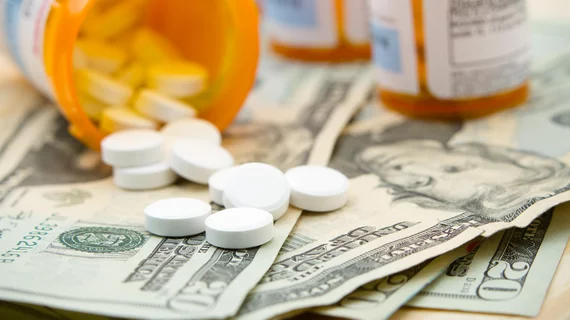CVS aims to avoid hyperinflated drugs
More than 3,400 drugs saw price hikes in the first half of 2019, with the average increase being more than five times the rate of inflation, according to CVS Caremark.
And part of the rapid rise of price spikes is due to hyperinflated medications, particularly among “me-too” therapies that cost way more but are actually similar to alternatives already on the market that cost less.
One such example is a muscle relaxant Chlorzoxane, which costs an average of $2,903 for a 30-day supply. The average cost of its alternative, cyclobenzaprine, is just $1.76 for the same supply. CVS has continued to remove drugs that were significantly higher priced from its template formulary.
CVS Caremark, the pharmacy branch of CVS Health, noted these changes as it announced how the company kept price growth to 3.1% while drug price inflation ballooned 25% in 2018. The company did so in part by removing hyperinflation drugs, as well as staying on top of suspected fraud, waste and abuse, and specialty guideline management.
“Introduced in 2017, this strategy was designed to help blunt the impact of drugs with significant inflation from one year to the next,” reads a brief from CVS Caremark.
The brief comes at a time when drug prices continue to rise in 2019 and have become the focus of ire for the Trump administration.
The company reviews its strategy on an ongoing basis, rather than annually, to continue removing hyperinflated therapies when there are cheaper alternatives available. Once these drugs were removed from template formularies, CVS saw a 99% drop in utilization of them, the brief found. The project client savings were $4.60 per year, or $0.38 per month.
“Helping clients contain costs, ensuring appropriate utilization, and rooting out wasteful and inefficient spend, while also keeping medications affordable for members, remains a focus for us,” the company said.
The savings add up––Clients with the template formularies with drug removals spent $88.30 on average per 30-day supply compared to those on formularies without drug removals, who spent $102.58 on average in 2018. Net prescription drug prices dropped for 44% of clients last year.

